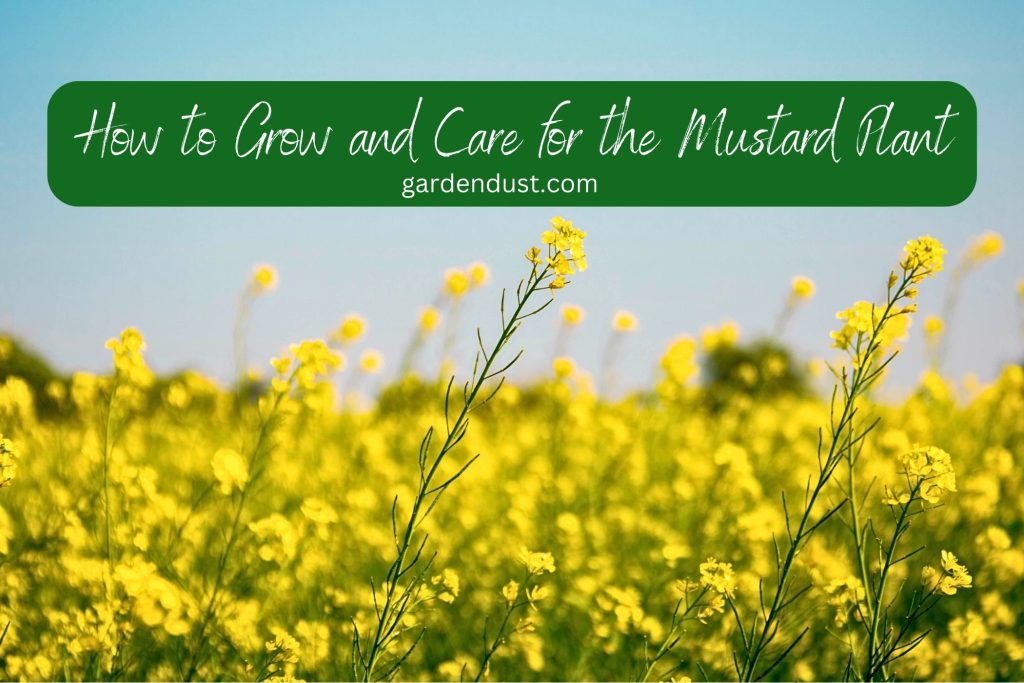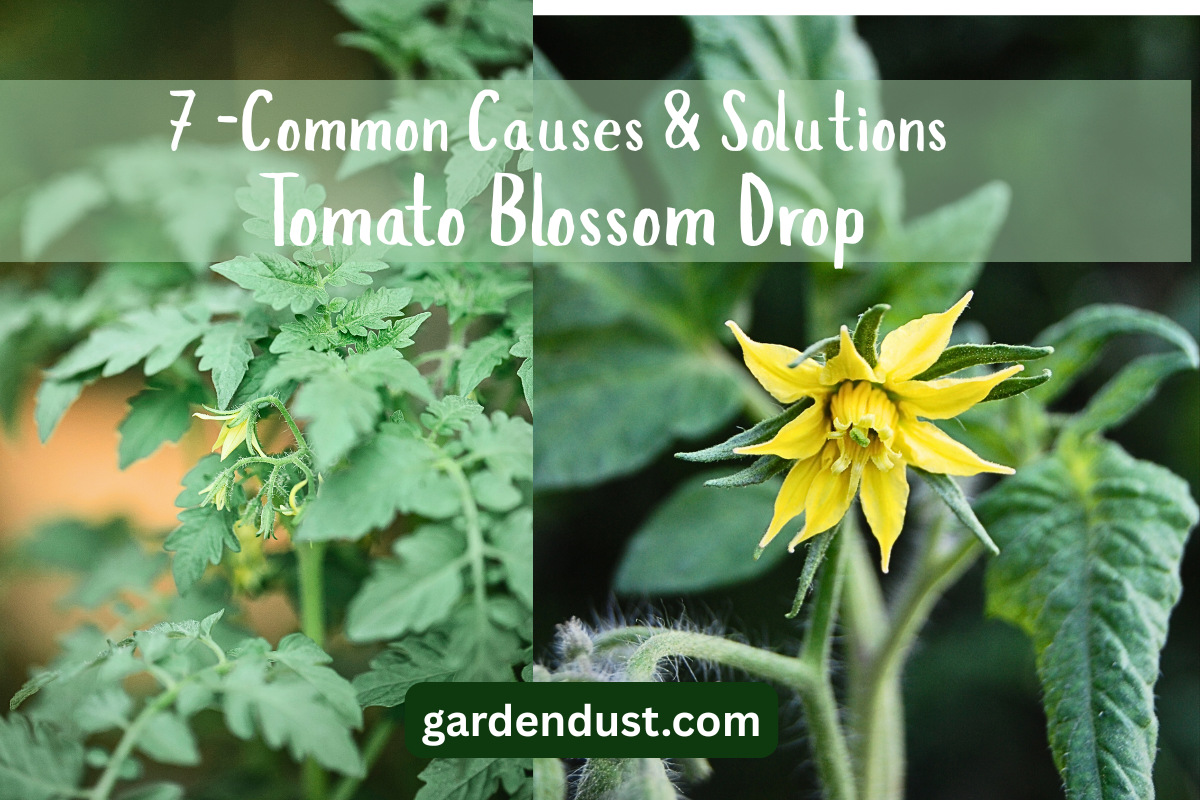The mustard plant, belonging to the Brassicaceae family, is not only a flavorful addition to various dishes but also a versatile and easy-to-grow plant for home gardeners. Whether you’re an experienced gardener or just starting out, cultivating mustard plants can be a rewarding endeavor. In this article we will explore detail about How to Grow and Care for the Mustard Plant. we’ll walk you through the process of growing and caring for mustard plants step by step.
Varieties of Mustard Plants:
Before diving into the growing process, it’s important to understand the different types of mustard plants available. There are three main types of mustard plants, each with distinct characteristics:
- White Mustard (Sinapis alba): Known for its mild flavor, white mustard is often used to make traditional yellow mustard. It’s also cultivated for its edible leaves.
- Brown Mustard (Brassica juncea): Brown mustard has a spicier taste compared to white mustard and is commonly used in making Dijon mustard. Its leaves are also edible and can be used in salads.
- Black Mustard (Brassica nigra): With a pungent flavor profile, black mustard seeds are often used in Indian cooking. This variety can be more challenging to grow than the others due to its specific requirements.
Growing Mustard Plants:
Selecting a Growing Location:
Mustard plants thrive in full sun, so choose a location in your garden that receives at least 6-8 hours of sunlight per day. Ensure the soil is well-draining and rich in organic matter.
Planting Seeds:
Mustard can be grown from seeds, and the best time to plant them is in early spring or fall, depending on your climate. Sow the seeds directly into the soil, about 1/4 to 1/2 inch deep. Space the seeds about 1 to 2 inches apart, and rows should be around 12 to 18 inches apart.
Watering:
Keep the soil consistently moist but not waterlogged. Watering deeply once or twice a week is usually sufficient, but adjust based on your local climate conditions.
Thinning:
When the seedlings are about 2-3 inches tall, thin them out to ensure proper spacing between plants. This allows better air circulation and prevents overcrowding.
Fertilization:
Mustard plants benefit from regular feeding. Incorporate a balanced, slow-release fertilizer into the soil before planting. You can also provide additional fertilizer every 4-6 weeks during the growing season.
Caring for Mustard Plants:
Mulching:
Applying a layer of organic mulch around the base of the plants helps retain moisture, suppress weeds, and regulate soil temperature.
Pests and Diseases:
Mustard plants are generally resistant to pests and diseases, but occasional issues might arise. Keep an eye out for aphids, cabbage loopers, and flea beetles. You can control these pests with insecticidal soap or by introducing beneficial insects.
Read Also:-How To Grow And Care For Okra(Lady Finger) At Home
Harvesting:
Mustard leaves can be harvested when they are young and tender, usually around 3-4 weeks after planting. For mature seeds, allow the plant to flower and then form seed pods. Harvest the seeds when the pods turn brown and dry.
Saving Seeds:
If you’re interested in saving mustard seeds for future planting, allow the pods to fully dry on the plant. Harvest the pods and remove the seeds for storage in a cool, dry place.
Crop Rotation:
To prevent soil-borne diseases and maintain soil health, practice crop rotation. Avoid planting mustard or other Brassicaceae family plants in the same spot year after year.
Common Pests And Problems
Common pests and problems that can affect mustard plants include aphids, which feed on sap and cause leaves to curl and yellow; cabbage loopers, caterpillars that create holes in leaves; and flea beetles, insects that chew small holes in leaves. White rust, a fungal disease causing white pustules on leaves’ undersides, and downy mildew, characterized by yellow spots on leaves with a grayish-white fuzz underneath, are common diseases. Clubroot, a soil-borne disease leading to deformed roots, can hinder growth. Bolting, where plants prematurely produce flowers and seeds, can result from temperature stress. Poor soil drainage can cause root rot, and inadequate pollination may reduce seed production. Nutrient deficiencies, notably nitrogen, phosphorus, and potassium, can lead to stunted growth. Regular monitoring, proper spacing, and timely interventions like using insecticidal soap or natural predators can help manage these issues effectively.
Growing and caring for mustard plants can be a delightful experience for gardeners of all levels. Whether you’re cultivating them for their flavorful leaves or pungent seeds, mustard plants are relatively easy to grow and provide a rewarding harvest. By following the steps outlined in this comprehensive guide, you’ll be well on your way to enjoying the fruits of your labor in the form of delicious mustard-based creations straight from your garden. Happy Gardening….







